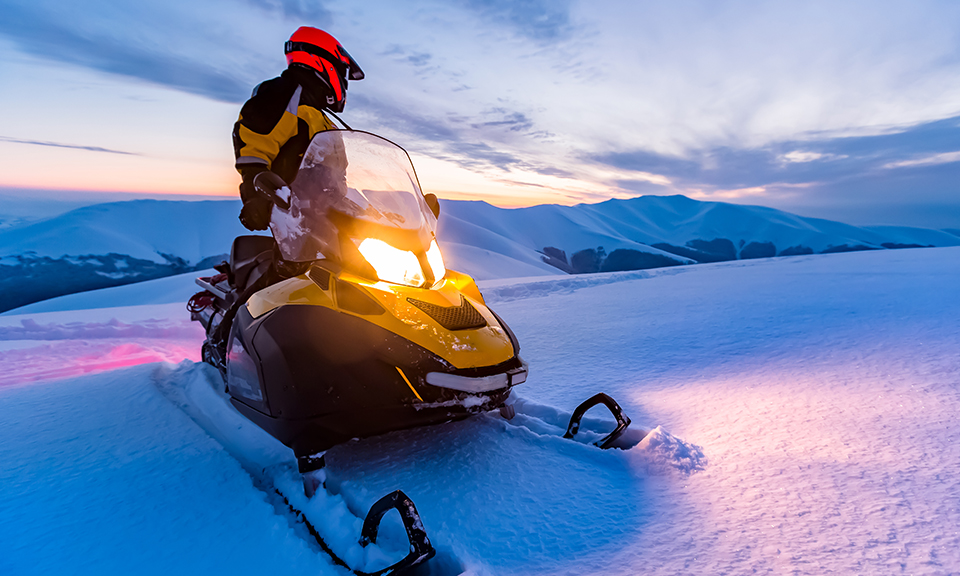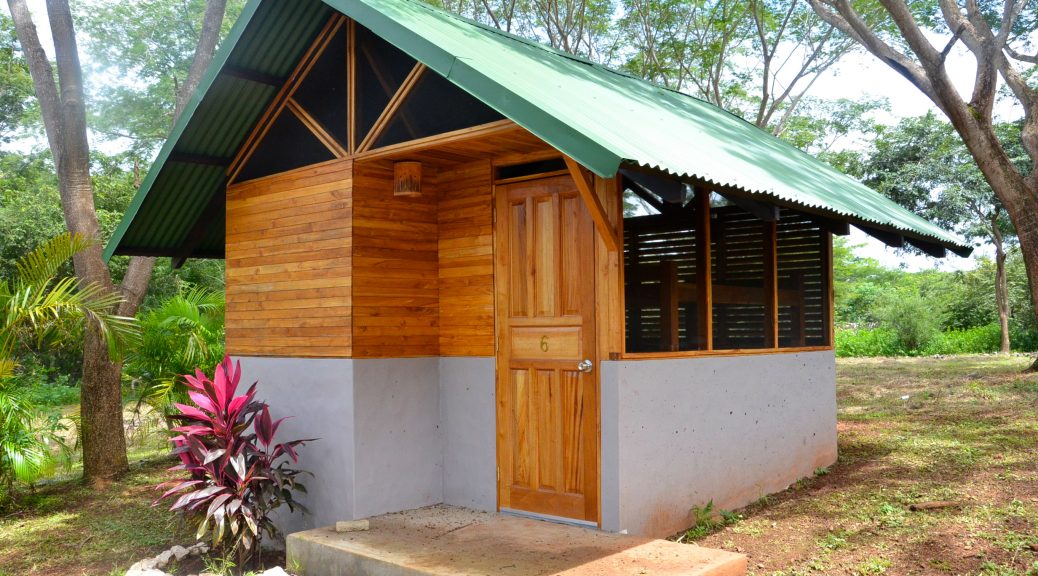The snowflakes slowly begin to fall, the weather drops to bitter cold temperatures and the time has come to uncover your snowmobile for the season. But before you do, it’s important no matter if you’re a first timer or seasoned rider, that you prioritize safety while operating the machine.
Continue reading




